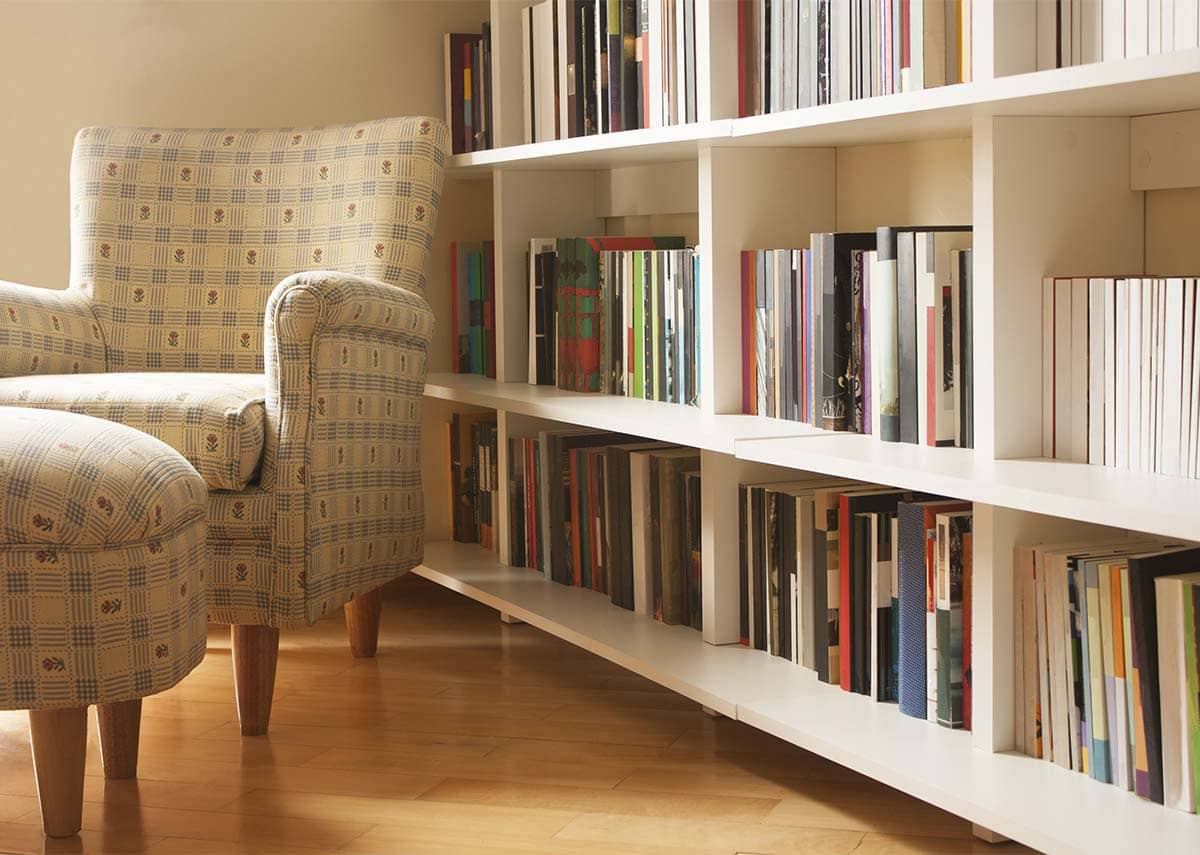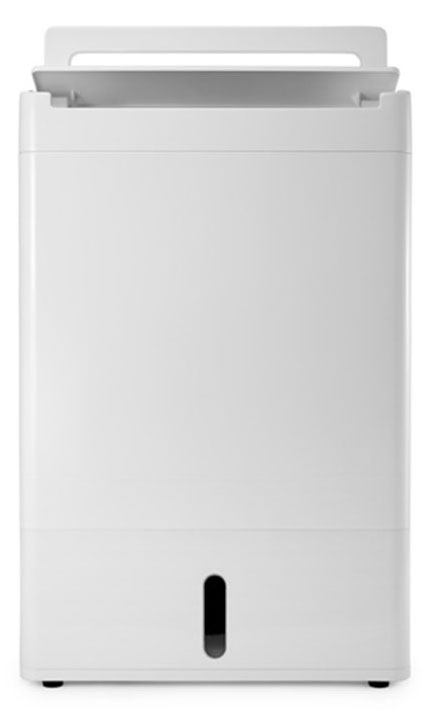Preventative Conservation

When we started Meaco in 1991 we actually concentrated our efforts on museums and art galleries as we felt that this was a niche sector that was under represented and would react positively to a new supplier offering a bespoke service for all of their humidity monitoring and control requirements. Luckily it turned out that we were correct as it is that early success that has helped us to grow into the company we are today. The key to our success was understanding what museums require that a factory or a domestic user would not need, and what makes them different?
Museums, art galleries and archives all serve the same broad purpose in that they protect artifacts for the future, whether those artifacts be paper based (i.e. books), canvas based (i.e. paintings) or leather based (i.e. clothing). These are just three examples from the many hundreds of different types of objects that a museum might have in its collection.
A dehumidifier can be used to look after important artefacts both in museums and your own garage!
Preventative Conservation
Protecting these objects is called Preventive Conservation, a process that seeks to prevent, reduce or mitigate the effect of all the factors that threaten to reduce an object’s lifespan on a daily basis. It requires an all-embracing approach – a constant assessment of how collections are stored, handled, displayed and maintained. It should involve all people who work for a museum, not simply conservators. Good building repair and maintenance routines are as necessary as the more obvious and immediate issues of object handling, storage and security.
Deterioration is a continuous, natural process. It can, however, be slowed; indeed, science has suggested ways in which the natural lifespan of most museum objects can be extended. Many of these techniques are based on common-sense and good housekeeping. Using dehumidifiers to prevent high relative humidities is just one of many weapons in the Conservators armory to help preserve an artifact for future generations.
How Excess Relative Humidity Has An Effect On Objects
Some of the ways that excess relative humidity effects objects are:
- Wood, textiles, bone, ivory, leather and paper – mold and fungus growth.
- Natural history collections – mold and fungus, distortion of specimens.
- Metals – corrosion or tarnish on polished surfaces (brasses and bronzes do not tarnish below 15%rh).
The list is quite extensive but the few examples above should give a feel of what is involved. The actual level of relative humidity varies between objects with each type of material being given an acceptable band. The trick is then to group objects together in the same space, that fall within the same band, and then maintain the relative humidity so that it stays within that criteria.
So for example paintings on canvas have an acceptable band of 40-55%rh and textiles (especially silk and wool) have a band of 30-50%rh. If you were looking to store or display such items together then you would aim for a band of 40-50%rh, so that the relative humidity is acceptable to both types of objects.
With all of these different relative humidity set points you can see how a variable humidistat is so important to a museum. A humidistat is similar to a thermostat for a radiator, and just as the thermostat turns the radiator on and off as the correct temperature is reached, so does the humidistat for the dehumidifiers, albeit against relative humidity.
If the dehumidifier is being used in a storage facility then another factor comes into play – temperature. Whereas galleries will be heated for the benefit of the visitors and those working in them, storage facilities do not need to be because the lower the temperature, the slower the chemical deterioration of an object will be (and the lower the energy bill as well). Traditional dehumidifiers use a compressor and are basically a fridge with a fan (without the food storage compartment!), and as such most are less efficient below 59°F. Below this temperature desiccant dehumidifiers normally offer a far greater performance and are normally the recommended solution. Dehumidifiers like the Meaco DD8L Zambezi are often to be found in storage applications because their performance is completely unaffected by the lower temperatures.
Other features museums will look for include the ability to drain the water away continuously when being used in a storage room (as staff may not visit that often), auto restart so that after a power cut it turns back on in the same mode (for the same reason) and a large tank to collect the water in so if continuous drainage is not possible, then the time between emptying can be increased.
Our understanding of the Museum sector has helped us create better dehumidifiers.
For Meaco as a company understanding the varied requirements of the museum sector has helped us to design the range of dehumidifiers that we offer to consumers today. The Auto-Restart that we first incorporated for museums is popular with boat/caravan owners and classic car enthusiasts. The humidistat options that were provided to museums form the basis of our energy saving features on the DD8L/Junior and Zambezi, and the knowledge that we have built up about how large an area a dehumidifier can control all stems back to those early days of us cutting our teeth in British museums.
(The information on the acceptable limits within museums has been taken from the worked that was compiled by Fergus Read in 1994).
British Expertise
Meaco are a British dehumidifier and air treatment company formed in 1991 and we are delighted to now bring our expertise to the North American market.











